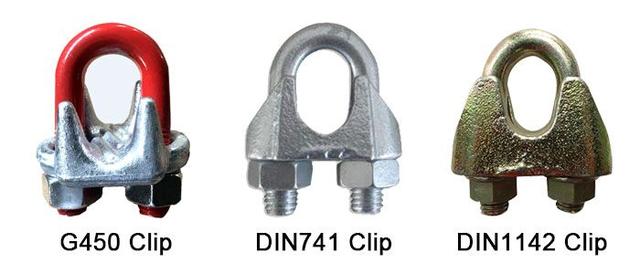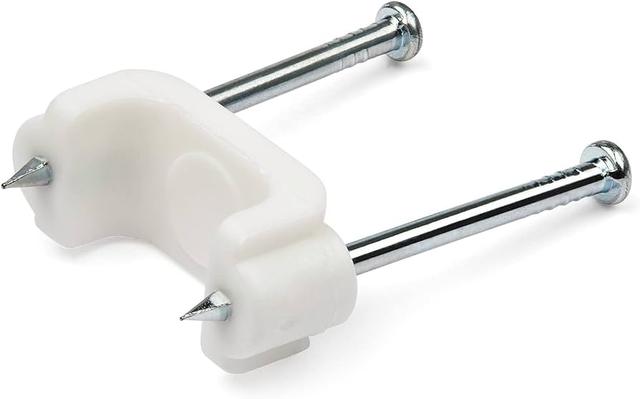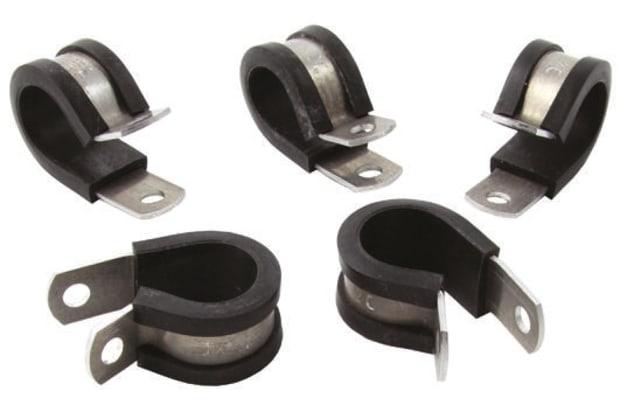Discover the Best Wire Clips – Buy Now and Save!
Introducing the Versatile Wire Clip: A Must-Have Organizational Tool
Say goodbye to messy cables and disorganized paperwork with our innovative wire clip. Designed for efficiency, this compact accessory serves as a versatile solution to keep your cords, cables, and papers neatly organized. With its sturdy construction and user-friendly design, the wire clip is an essential tool for home, office, or on-the-go use. Simplify your life and streamline your space with this must-have organizational gadget.
Types of Wire Clips: A Comprehensive Guide
Wire clips come in various types, each designed for specific applications. Some common types include:
1. Cable Clips:
Cable clips are designed to secure and organize cables, wires, and cords. They typically feature a self-adhesive backing that allows them to be easily attached to surfaces such as walls, desks, or floors. Cable clips often have multiple slots or channels to accommodate different sizes and quantities of cables.
2. Nail-in Clamps:
Nail-in clamps are wire clips that can be affixed to surfaces using nails or screws. They provide a sturdy and secure hold for wires and cables. Nail-in clamps are commonly used in construction or electrical projects where a more permanent installation is desired.
3. Spring Clips:
Spring clips are versatile wire fasteners that utilize the tension of a spring mechanism to hold wires in place. They often have a pivoting arm that can be opened and closed with ease, allowing for easy insertion and removal of wires.
How Wire Clips Work and Their Versatile Applications

Wire clips work by securely holding wires together or attaching them to surfaces. The exact mechanism varies depending on the type of wire clip being used.
Some common applications of wire clips include:
- Cable management: Wire clips are commonly used for organizing and securing cables in homes, offices, and data centers.
- Electrical installations: Wire clips are essential for safely routing electrical wiring through walls, ceilings, or floors.
- Automotive industry: Wire clips are utilized in the automotive industry for securing wiring harnesses and preventing wire chafing or damage.
- Audiovisual installations: Wire clips are used in the installation of audio and video cables to ensure neat and organized setups.
Reusable or Single-Use? The Lifespan of Wire Clips

The lifespan of wire clips can vary depending on the quality of materials used and the specific application. Some wire clips, such as cable clips with adhesive backing, are designed for single-use and may not be easily removable or reusable once applied.
However, there are also reusable wire clips available that can be easily opened and closed without damaging the wires. These types of wire clips are commonly used in industries where frequent changes or adjustments to wiring are required, such as in the entertainment industry.
It is important to carefully consider the intended use and lifespan requirements when selecting wire clips for a project. Using the appropriate type of wire clip ensures proper functionality and longevity.
Industries Where Wire Clips Are Commonly Used: An Overview
Wire clips find applications in various industries due to their versatility and practicality. Some industries where wire clips are commonly used include:
- Electrical industry: Wire clips play a crucial role in electrical installations, providing secure attachment points for electrical wiring.
- Telecommunications industry: Cable management is essential in telecommunications to ensure proper organization and routing of network cables.
- Automotive industry: Wire clips are used extensively in automotive wiring harnesses to secure and protect wires from potential damage.
- Aerospace industry: The aerospace industry relies on wire clips for managing complex wiring systems within aircraft.
- Entertainment industry: Wire clips are frequently employed in stage productions, concerts, and film sets for temporary installations and cable management.
Materials Used in the Manufacturing of Wire Clips
Wire clips can be made from a variety of materials, each offering different properties and suitability for specific applications. Some common materials used in the manufacturing of wire clips include:
- Plastic: Plastic wire clips are lightweight and offer good insulation properties. They are often used in low-voltage applications.
- Metal: Metal wire clips, such as those made from steel or aluminum, provide excellent durability and strength. They are commonly used in high-stress or heavy-duty applications.
- Rubber or silicone: Rubber or silicone wire clips offer flexibility and resistance to heat and chemicals. They are often used in automotive or industrial applications.
Sizes and Styles: Exploring the Range of Wire Clip Options
Wire clips come in various sizes and styles to accommodate different wire diameters and application requirements. Some common sizes include:
- Small-sized wire clips: These are suitable for managing thin wires or cables with small diameters.
- Medium-sized wire clips: These can accommodate average-sized wires commonly found in household or office setups.
- Large-sized wire clips: These are designed for heavy-duty applications where thicker wires or cables need to be secured.
In addition to size variations, wire clips also come in different styles such as adhesive-backed clips, nail-in clamps, spring clips, or multi-channel cable clamps. Choosing the right size and style ensures a proper fit and secure hold for the wires being managed.
Safety Considerations for Using Wire Clips: Best Practices to Follow

When using wire clips, it is important to follow safety guidelines to prevent potential hazards. Here are some best practices to consider:
- Choose wire clips that are suitable for the specific application and wire diameter to ensure a secure hold.
- Ensure wires are properly insulated before securing them with wire clips to prevent electrical shocks or short circuits.
- Avoid overloading wire clips by exceeding their specified weight or cable capacity.
- Regularly inspect wire clips for any signs of damage or wear and replace them if necessary.
- Follow proper installation procedures, especially when using nail-in clamps or other fasteners, to prevent damage to surfaces or wires.
By following these safety considerations and best practices, the use of wire clips can be both efficient and safe in various applications.
In conclusion, wire clips are simple yet effective tools that provide an easy and efficient solution for organizing and securing wires. With their versatility and durability, wire clips offer a practical and convenient way to keep cables tidy, preventing tangles and ensuring smooth functionality in various settings. Whether used at home, in offices, or industrial environments, wire clips prove to be an essential accessory for managing wirings effectively.
